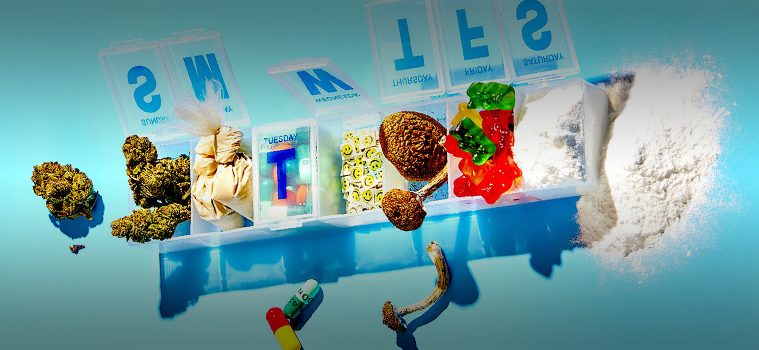ONE DAY AT A TIME –
July 9, 2021 – The blunt binaries of “Just say no” that have held sway for so long have kept us from having this conversation and from appreciating how different one illicit drug is from another. That conversation begins with the recognition that humans like to change consciousness and that cultures have been using psychoactive plants and fungi to do so for as long as there have been cultures. Something about us is just not satisfied with ordinary consciousness and seeks to transcend it in various ways, some of them disruptive (as psychedelics were in the West in the 1960s) and others generally accepted as productive, like caffeine. Hence the ritual of the coffee break, in which employers give employees both the drug and paid time off in which to enjoy it.
But context is everything: In many Native American communities, peyote, a psychedelic, is not at all disruptive; to the contrary, its ceremonial use promotes social cohesion and heals trauma. Timothy Leary’s notion of the importance of “set and setting” — that is, expectation and context — probably applies to all drugs, not just psychedelics, something worth keeping in mind as we navigate this new world. But where? The straightest and least controversial path to folding psilocybin, as well as MDMA, into society is the medical route, which passes through the Food and Drug Administration drug approval process. These drugs are already well along in that process, and both should be approved for use in psychotherapy within a few years — MDMA to treat post-traumatic stress disorder and psilocybin to treat depression and addiction. After that happens, doctors will be able to prescribe these compounds, though not willy-nilly. The agency is expected to issue regulations stipulating exactly how and by whom they can be administered, probably with a trained facilitator in a safe place, in order to maximize the value of the therapy and minimize the chances of a bad trip.



